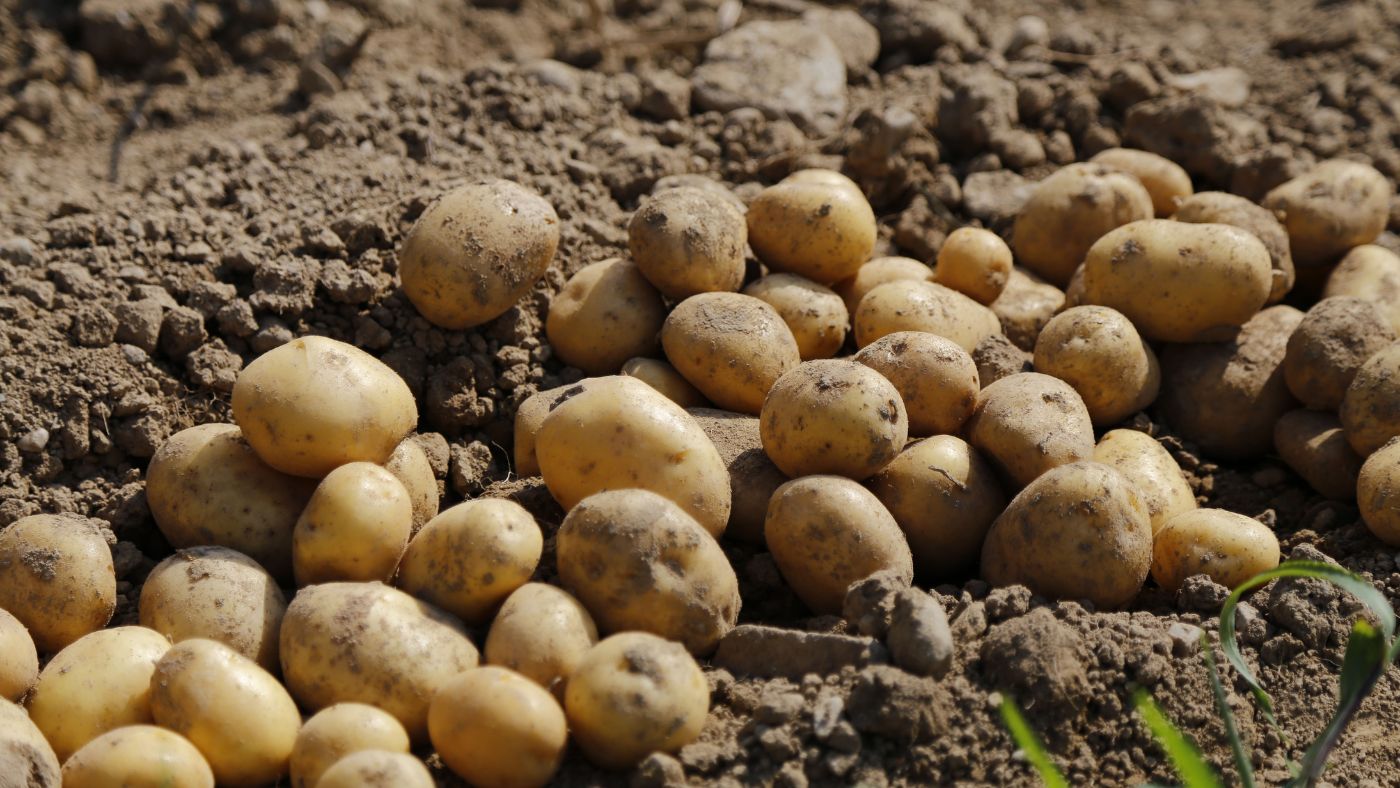

Articles
How To Store Potatoes Without A Root Cellar
Modified: February 28, 2024
Learn how to store potatoes without a root cellar with these helpful articles. Discover the best techniques for preserving your potatoes and keeping them fresh for longer.
(Many of the links in this article redirect to a specific reviewed product. Your purchase of these products through affiliate links helps to generate commission for Storables.com, at no extra cost. Learn more)
Introduction:
Storing potatoes can be a challenge for those without a root cellar. These starchy tubers require specific conditions to prolong their shelf life and prevent them from sprouting prematurely. However, fear not! In this article, we will explore seven different methods that will help you store your potatoes without the need for a traditional root cellar. Whether you have a small apartment or a limited storage space, these options will ensure your potatoes stay fresh and tasty for an extended period.
Key Takeaways:
- Store potatoes without a root cellar using simple methods like dark, cool, and dry locations, paper bags, cardboard boxes, and more. Maintain ideal conditions to prevent sprouting and spoilage for extended freshness.
- Create a DIY root cellar or use alternative storage options like wooden crates and plastic bins to store potatoes effectively. Monitor temperature, humidity, and darkness to prolong shelf life and enjoy fresh potatoes year-round.
Read more: How To Store Carrots In A Root Cellar
Option 1: Dark, Cool, and Dry Location:
The simplest and most accessible way to store potatoes is in a dark, cool, and dry location. Ideally, the temperature should be around 45-50°F (7-10°C), with a relative humidity of 85-90%. This environment will help slow down the aging process and prevent sprouting.
Look for a spot in your home that meets these conditions, such as a basement, pantry, or cupboard. Ensure that the area is well-ventilated to prevent moisture buildup, as excess moisture can lead to rot.
Prioritize darkness by storing the potatoes in a box or container that limits exposure to light. Light can cause potatoes to turn green and produce solanine, a toxic compound. Additionally, it is essential to keep them away from ethylene-producing fruits, as this can accelerate spoilage.
Before storing, inspect the potatoes for any damage or signs of rot. Discard any that are damaged to prevent the spread of decay to other potatoes. It is also advisable to store them unwashed, as washing can remove the natural protective barrier on the skin.
By following these simple guidelines, you can maintain the quality of your potatoes for several weeks to a few months, depending on the variety and initial quality of the potatoes.
Option 2: Paper Bag Method:
The paper bag method is an effective and inexpensive way to store potatoes. This method utilizes the natural breathable properties of paper bags to maintain the right balance of moisture and airflow, preventing excess moisture buildup and sprouting.
To utilize this method, start by placing your potatoes in a clean, dry paper bag. Avoid using plastic bags, as they can trap moisture and promote rotting. Only store similar-sized potatoes together to prevent bruising and damage.
It is important to keep the paper bag in a cool, dark location, such as a pantry or cellar. The temperature should ideally be around 45-50°F (7-10°C), and the humidity level should be between 85-90%. Regularly monitor the potatoes for any signs of rot and discard any that are damaged or spoiled.
One advantage of the paper bag method is that it allows for easier inspection of the potatoes. You can easily check for any signs of sprouting, decay, or disease. Additionally, the paper bag helps to absorb excess moisture, reducing the chances of rotting.
Remember to check the paper bag periodically to ensure that it isn’t becoming too damp or developing mold. If necessary, transfer the potatoes to a fresh, dry bag to maintain optimal storage conditions.
This method is ideal for smaller quantities of potatoes and can keep them fresh for several weeks to a few months, depending on the variety and initial quality of the potatoes.
Option 3: Cardboard Box Method:
If you have access to cardboard boxes, you can use them to store your potatoes effectively. Cardboard provides insulation and allows for proper airflow, preventing moisture buildup and promoting longevity.
To utilize this method, start by finding a clean and sturdy cardboard box. Line the bottom of the box with a layer of newspaper or straw to protect the potatoes from direct contact with the box. Place a layer of potatoes in the box, making sure they are not touching each other.
It is crucial to find a cool and dark location to store the cardboard box. The ideal temperature for storing potatoes is between 45-50°F (7-10°C), with a relative humidity of 85-90%. This will help prevent sprouting and keep the potatoes fresh for an extended period.
Regularly check the potatoes for any signs of sprouting or decay. Remove any damaged or spoiled potatoes to prevent them from affecting the others. If the potatoes begin to sprout, use them promptly to avoid wasting them.
The cardboard box method is suitable for larger quantities of potatoes. Just make sure to place a layer of newspaper or straw between each layer of potatoes to prevent bruising or damage. This method provides good airflow and insulation, helping to maintain the quality of the potatoes.
Remember to monitor the cardboard box for any signs of moisture buildup or mold. If necessary, replace the box or remove any excess moisture to prevent rotting.
By using the cardboard box method, you can store your potatoes for several weeks to a few months, depending on the variety and initial quality of the potatoes.
Option 4: Mesh or Burlap Sacks Method:
The mesh or burlap sacks method is a popular and effective way to store potatoes. These breathable materials allow for proper airflow, reducing moisture buildup and preventing the potatoes from becoming soft or rotting.
To utilize this method, start by placing your potatoes in a clean and dry mesh or burlap sack. Avoid using plastic bags, as they can trap moisture and promote rotting. Similar-sized potatoes should be stored together to prevent bruising and damage.
Find a cool and dark storage location for the sacks, ideally with a temperature between 45-50°F (7-10°C) and a relative humidity of 85-90%. This will slow down the sprouting process and extend the shelf life of the potatoes.
Make sure to hang the sacks or place them on a raised surface to allow for proper ventilation. Avoid stacking the sacks too closely together, as this can inhibit airflow and increase the risk of moisture buildup.
Regularly inspect the potatoes for any signs of sprouting, decay, or disease. Remove any damaged or spoiled potatoes to prevent them from affecting the others. If the potatoes begin to sprout, they can still be used in cooking, but it’s best to do so promptly.
One benefit of using mesh or burlap sacks is that they allow for easier inspection and monitoring of the potatoes. You can quickly check for any signs of spoilage or sprouting without needing to open the sacks.
This method is ideal for larger quantities of potatoes and can keep them fresh for several weeks to a few months, depending on the variety and initial quality of the potatoes. Just remember to check the sacks periodically for any signs of moisture buildup, and if needed, replace them with fresh, dry sacks.
Store potatoes in a cool, dark, and well-ventilated place, such as a pantry or basement. Keep them away from onions, as they can cause each other to spoil faster. Check for any sprouting or soft spots regularly and remove any bad potatoes to prevent them from spoiling the rest.
Read more: Root Cellar How To Build
Option 5: Wooden Crates Method:
If you have access to wooden crates, they can serve as an excellent storage solution for potatoes. The wooden crates provide good airflow and insulation, helping to maintain the ideal storage conditions for the tubers.
To utilize this method, begin by ensuring that the wooden crates are clean and dry. Line the bottom of the crates with straw or newspaper to create a protective layer between the potatoes and the wood. This will help prevent bruising and damage.
Place a layer of potatoes in the crates, making sure to leave some space between them for proper airflow. Avoid stacking the potatoes too high to prevent them from getting crushed or compressed.
Find a cool and dark location to store the wooden crates. The optimal temperature for storing potatoes is between 45-50°F (7-10°C), with a relative humidity of 85-90%. Avoid storing the crates near areas with fluctuating temperatures or exposure to sunlight, as these conditions can accelerate spoilage.
Regularly check the potatoes for any signs of sprouting, decay, or disease. Remove any damaged or spoiled potatoes to prevent them from affecting the others. If you notice any sprouting, consider using those potatoes sooner rather than later.
Wooden crates have the advantage of providing good ventilation and insulation, helping to regulate the moisture level and maintain the quality of the potatoes. However, it is essential to periodically inspect the crates for any signs of moisture buildup or mold. If necessary, replace the crates or remove any excess moisture to prevent rotting.
This method is suitable for larger quantities of potatoes and can extend their shelf life for several weeks to a few months, depending on the variety and initial quality of the potatoes.
Option 6: Plastic Bins Method:
If you don’t have access to traditional storage options like wooden crates or root cellars, plastic bins can serve as a practical alternative for storing potatoes. Plastic bins provide a clean and organized space while allowing for proper airflow and moisture control.
To utilize this method, choose a clean and sturdy plastic bin that is large enough to accommodate your potatoes. Make sure the bin has drainage holes or slots to allow for proper ventilation and prevent moisture buildup.
Line the bottom of the bin with some newspaper or straw to create a cushioning layer that helps protect the potatoes from direct contact with the plastic. This can prevent bruising and damage.
Place a layer of potatoes in the bin, ensuring that they are not overcrowded and have adequate space for airflow. It is best to store potatoes of similar sizes together to avoid any potential damage.
Find a cool and dark storage location for the plastic bin. The temperature should be around 45-50°F (7-10°C), with a relative humidity of 85-90%. Avoid areas with excessive temperature fluctuations or exposure to direct sunlight.
Regularly inspect the potatoes for any signs of sprouting, rot, or decay. Remove any damaged or spoiled potatoes promptly to prevent them from affecting the others.
One advantage of using plastic bins is that they are easy to clean and maintain. Regularly check the bins for any signs of moisture buildup, mold, or pests. If necessary, clean the bins and replace any wet or damaged newspaper or straw.
The plastic bins method is suitable for storing larger quantities of potatoes and can keep them fresh for several weeks to a few months, depending on the variety and initial quality of the potatoes. Just remember to regularly monitor the storage conditions and remove any spoiled potatoes to maintain the overall quality of the batch.
Option 7: DIY Root Cellar Method:
If you want to take your potato storage to the next level, creating a DIY root cellar can be a rewarding and effective option. A root cellar provides the ideal conditions for long-term potato storage, including cool temperatures, high humidity, and darkness.
To create a DIY root cellar, start by finding a suitable location in your home or property. This can be a basement, cellar, or even a dedicated underground space. Ideally, the temperature should be around 32-40°F (0-4°C), with a relative humidity of 85-90%. If the humidity is too low, you can introduce moist soil, trays of water, or buckets of water to increase the humidity inside the root cellar.
The underground space should be well-insulated to maintain a consistent temperature. You can achieve this by using materials like straw bales, wood, or even buried barrels. Ensure that the area is dark and free from direct sunlight to prevent greening and the production of solanine.
Prepare the area by cleaning it thoroughly and removing any debris, pests, or dampness. Consider adding shelves, racks, or bins to organize and separate your potatoes to prevent bruising and damage.
Before storing, inspect the potatoes for any signs of rot or disease. Discard any damaged or spoiled potatoes to prevent them from contaminating the others. It is best to store unwashed potatoes, as washing can remove the protective layer on the skin.
Place the potatoes in the root cellar, ensuring there is proper airflow around each one. Avoid overcrowding, as this can lead to quicker spoilage. Close up the root cellar and monitor the temperature and humidity levels regularly. Make adjustments if necessary to maintain the optimal storage conditions.
Periodically check the potatoes for any signs of sprouting or decay. Remove any affected potatoes promptly to prevent them from spoiling the rest of the batch.
The DIY root cellar method provides an excellent long-term storage solution for potatoes, allowing you to enjoy fresh tubers throughout the year. With proper maintenance and monitoring, you can store your potatoes for several months, ensuring a steady supply of this versatile vegetable.
Conclusion:
Storing potatoes without a traditional root cellar is not only possible but also quite feasible with the right methods. The options we discussed, such as finding a dark, cool, and dry location, using paper bags, cardboard boxes, mesh or burlap sacks, wooden crates, plastic bins, or even creating a DIY root cellar, provide practical and accessible solutions for potato storage.
Remember to consider the ideal storage conditions, including temperature, humidity, and darkness, to prevent premature sprouting, rotting, and greening. Regularly inspect your potatoes for any signs of decay or spoilage, and promptly remove any damaged or affected tubers to ensure the overall quality of your stored potatoes.
By implementing these storage methods, you can extend the shelf life of your potatoes and enjoy their deliciousness for weeks to months. Whether you have a small apartment, limited storage space, or simply don’t have access to a root cellar, these options allow you to keep your potatoes fresh and ready to use in a variety of culinary creations.
So, don’t let the lack of a root cellar deter you from storing potatoes. Explore these alternative methods and find the one that suits your needs and available resources. With a little effort and attention to detail, you can successfully store your potatoes and savor their flavors throughout the year.
Frequently Asked Questions about How To Store Potatoes Without A Root Cellar
Was this page helpful?
At Storables.com, we guarantee accurate and reliable information. Our content, validated by Expert Board Contributors, is crafted following stringent Editorial Policies. We're committed to providing you with well-researched, expert-backed insights for all your informational needs.

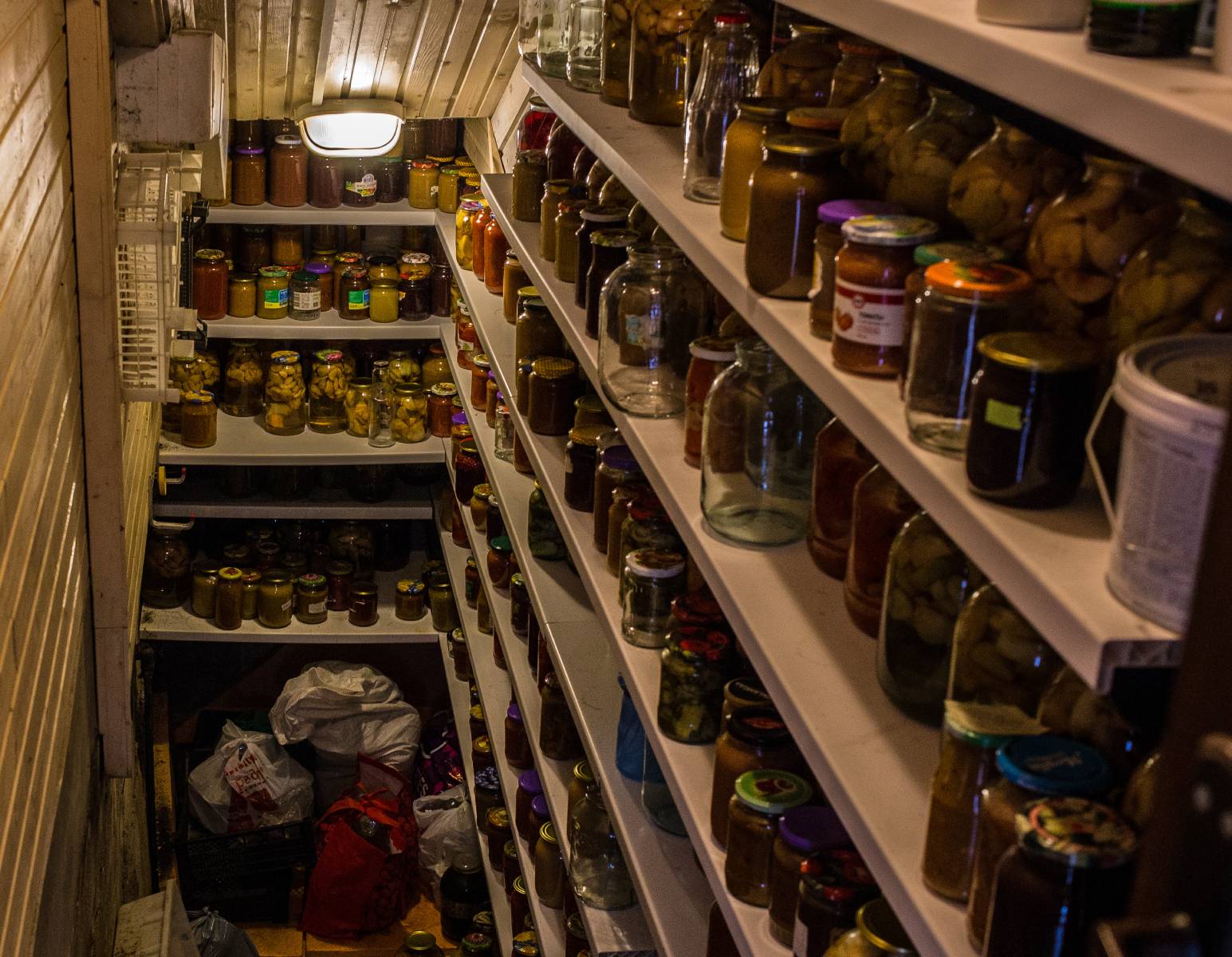
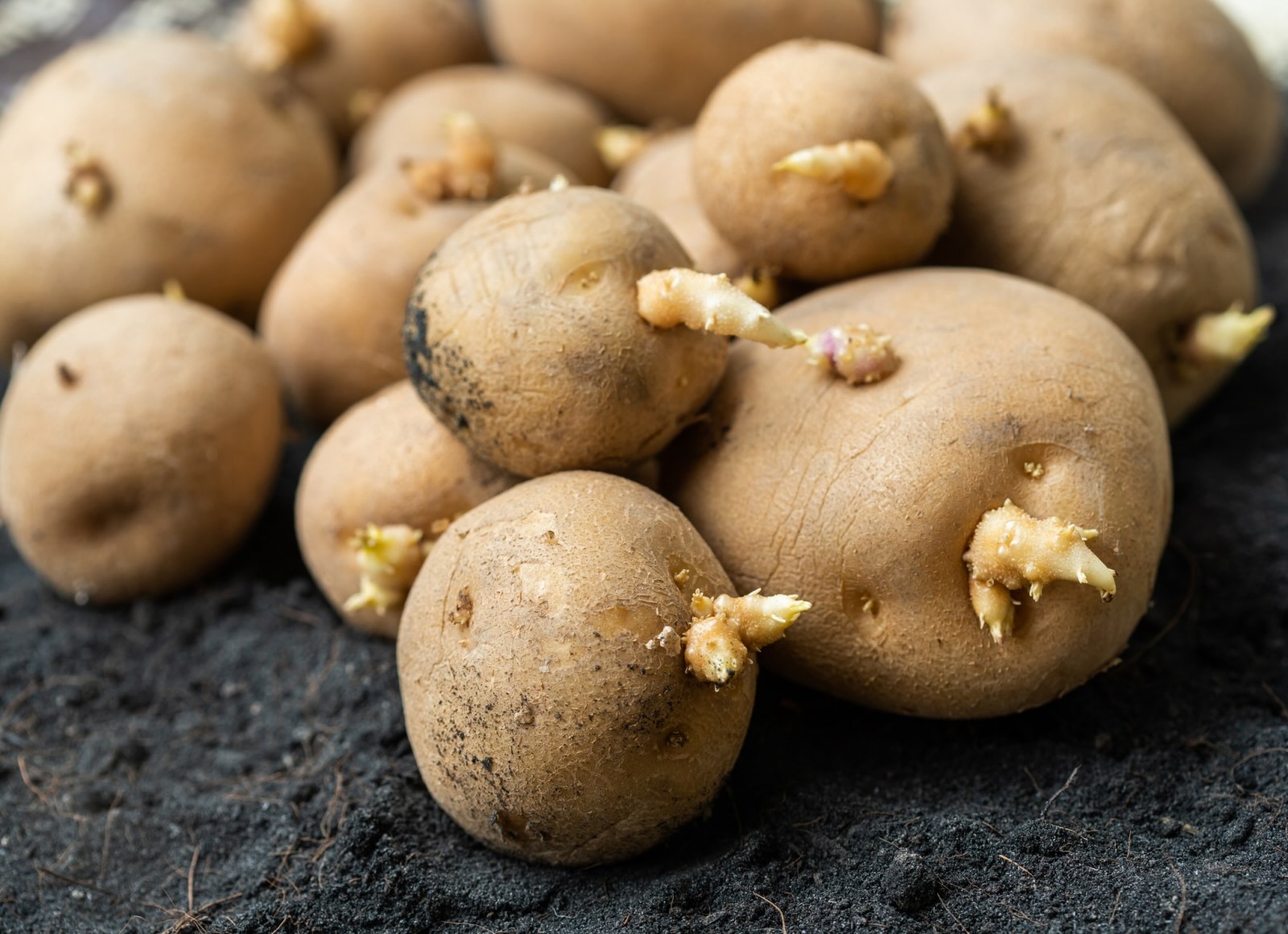
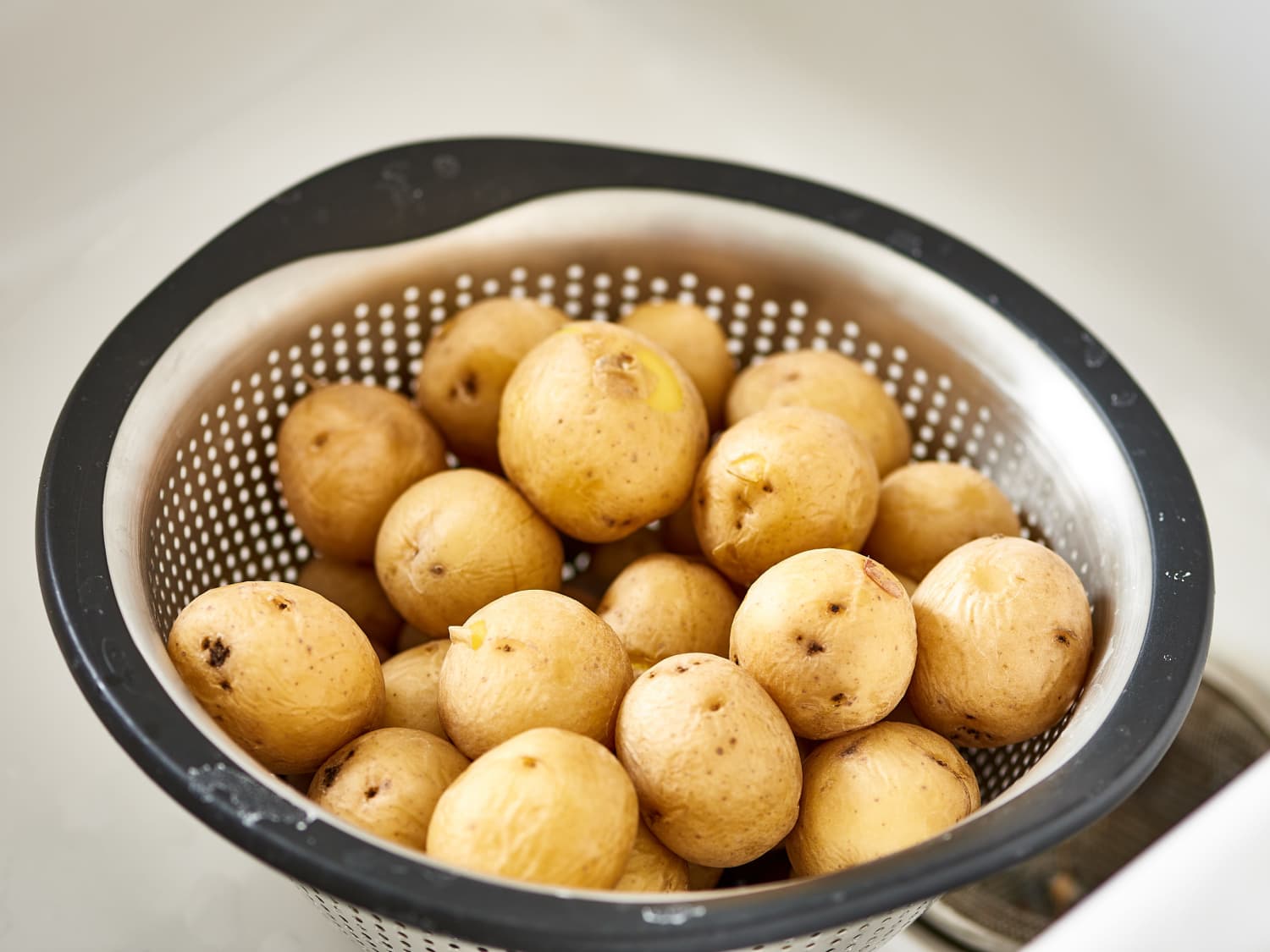
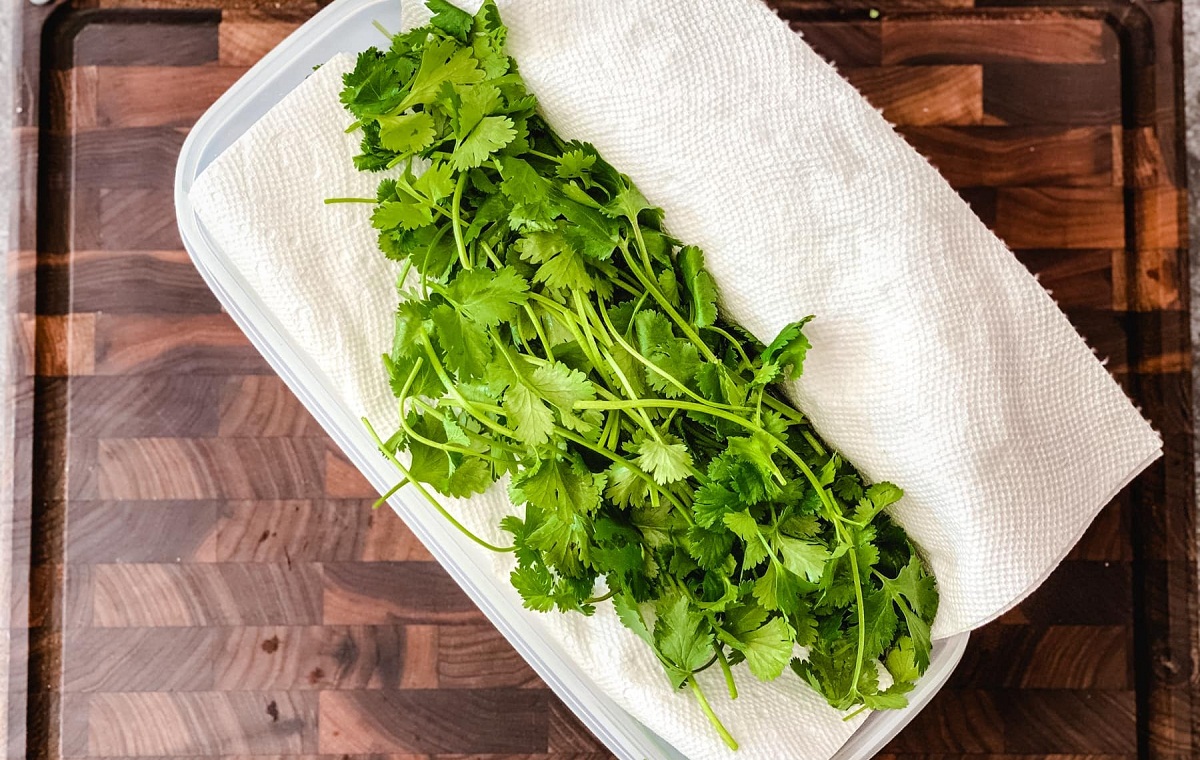
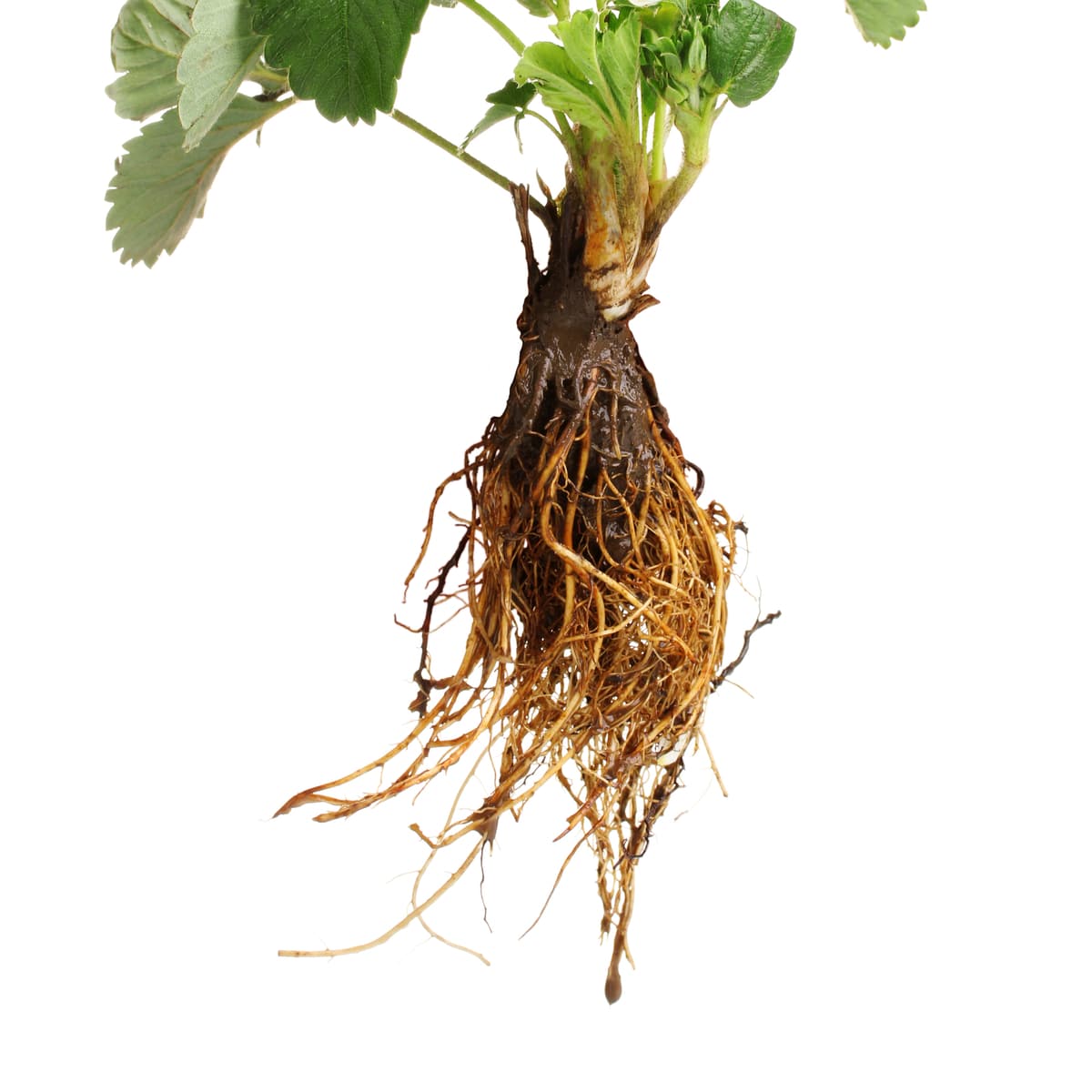
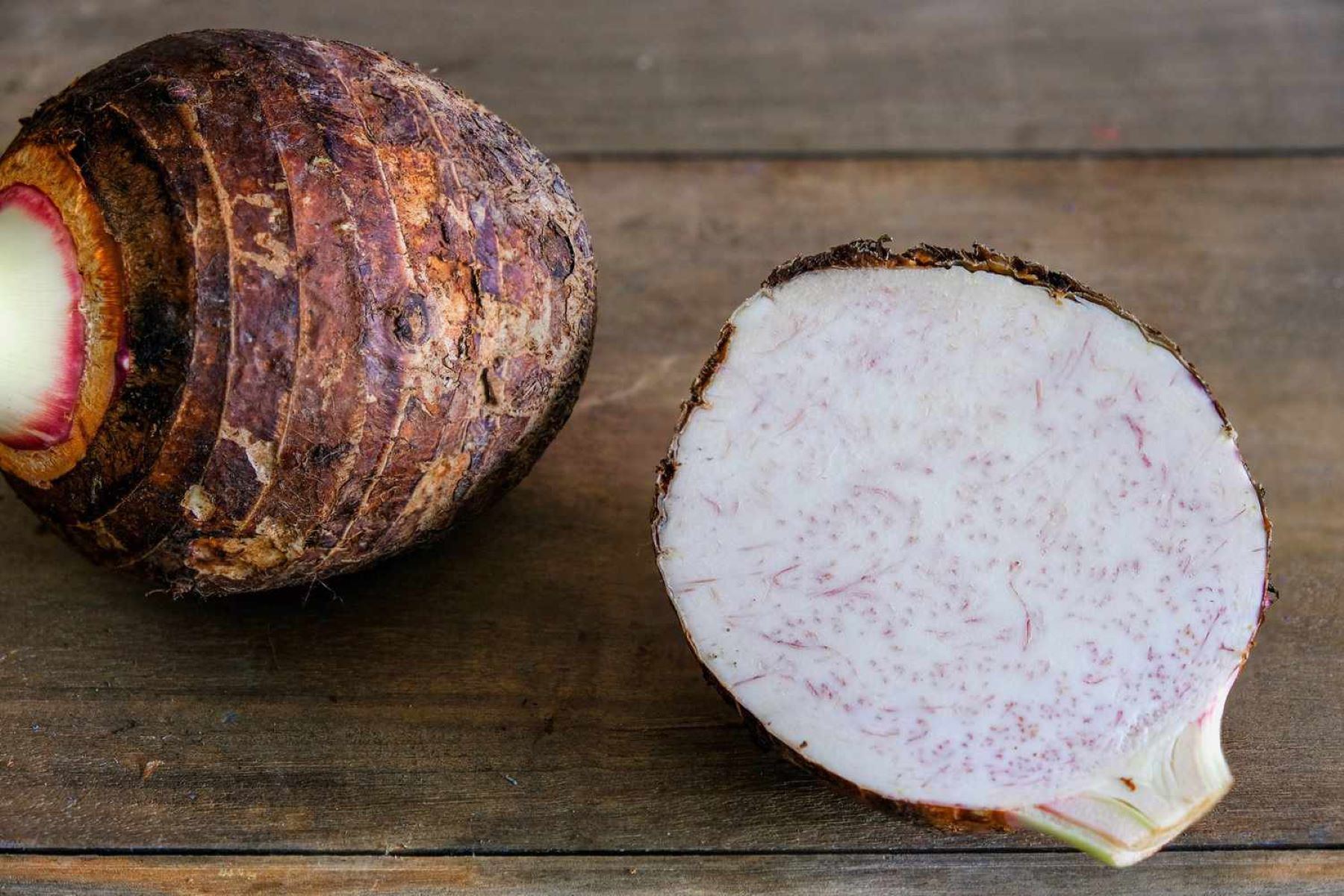
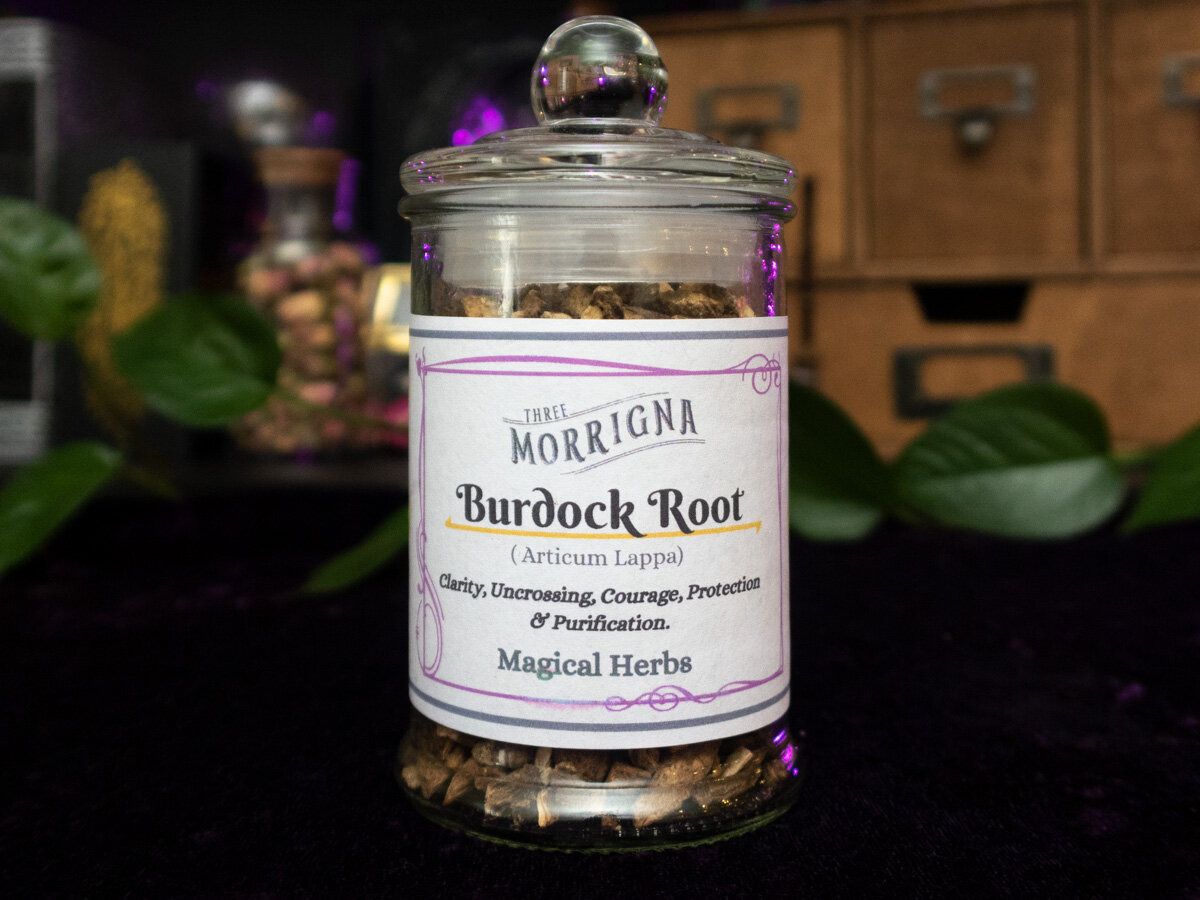

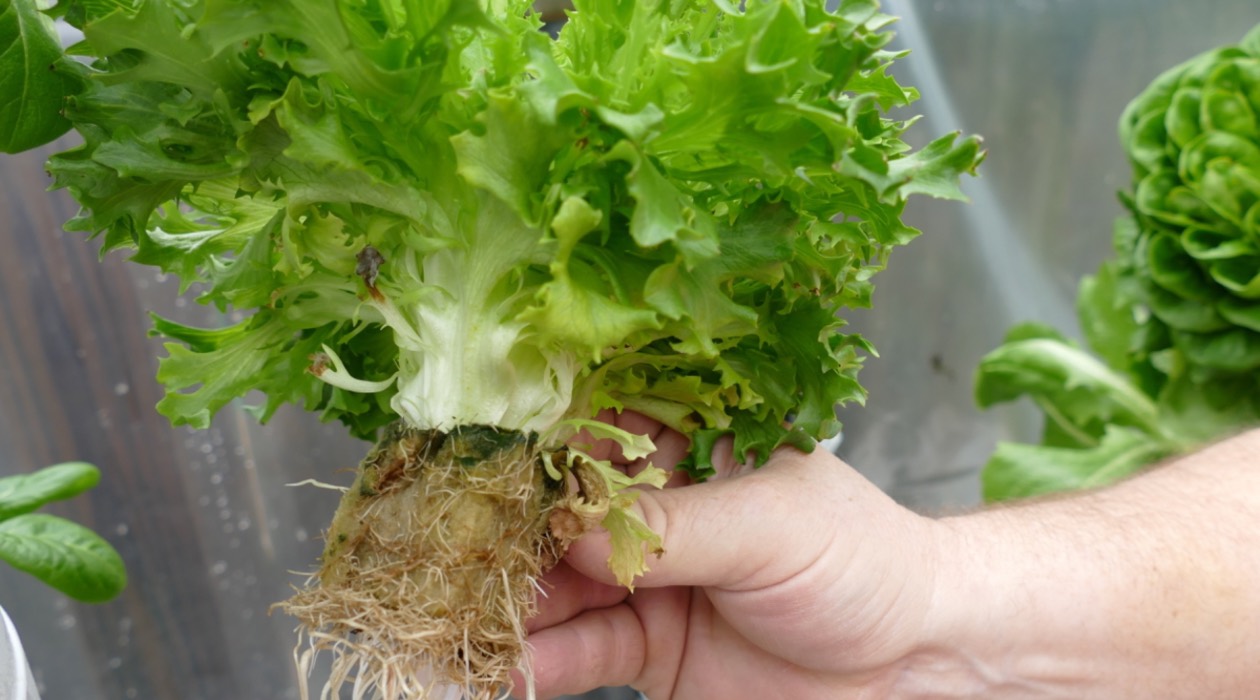
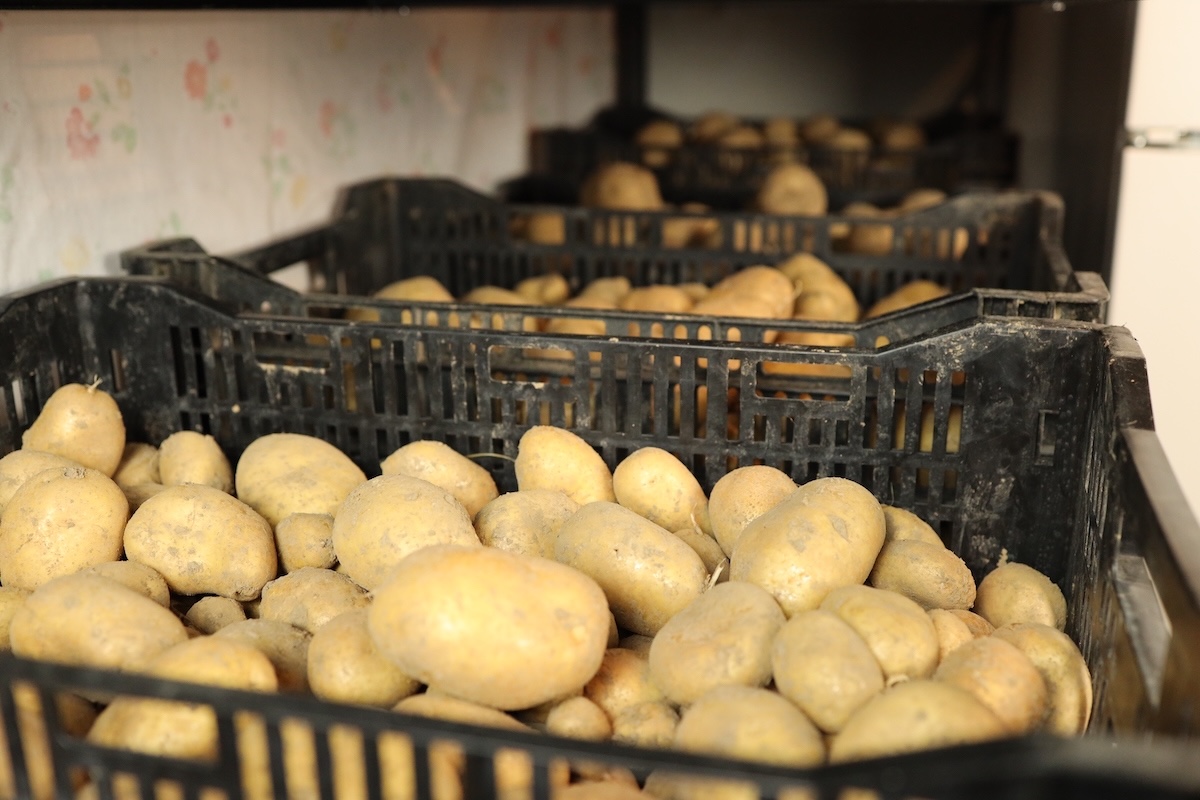


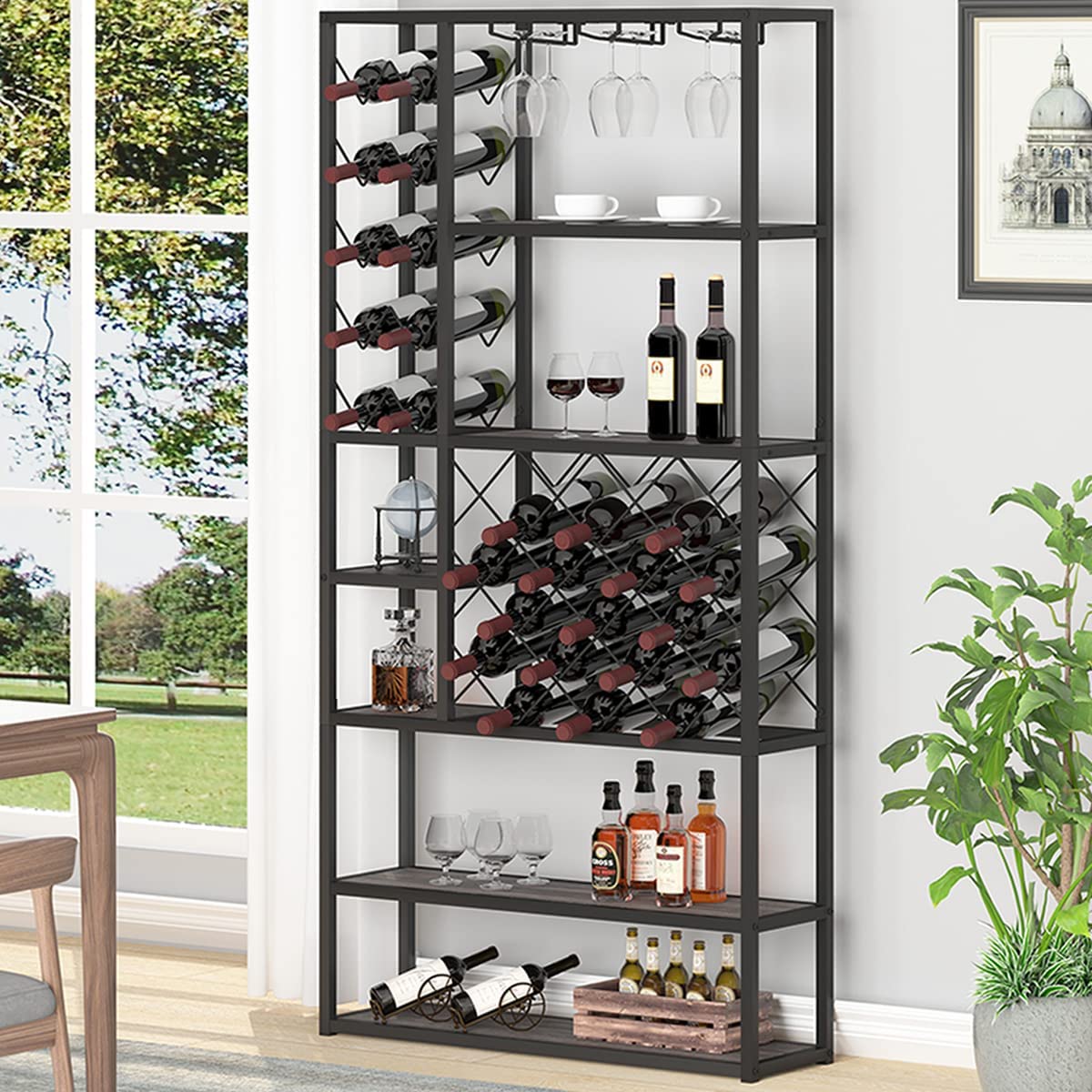

0 thoughts on “How To Store Potatoes Without A Root Cellar”